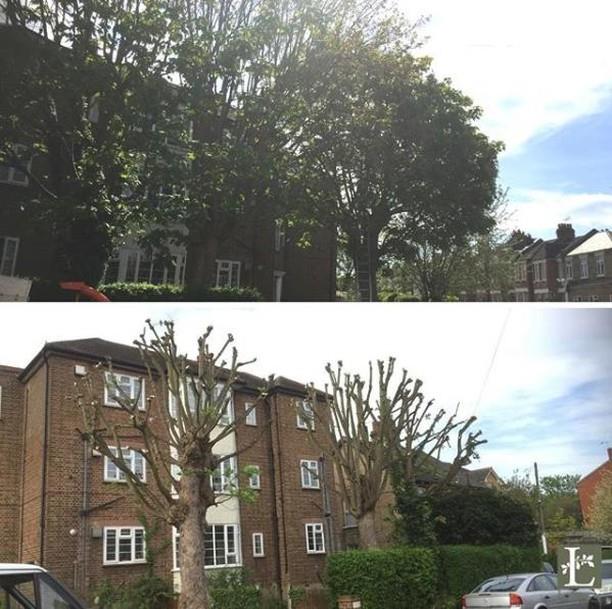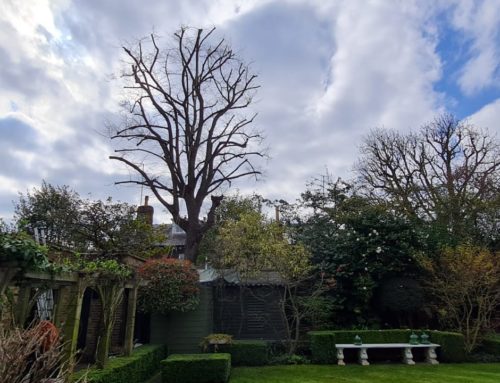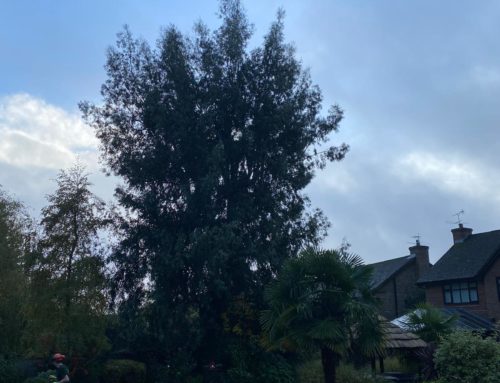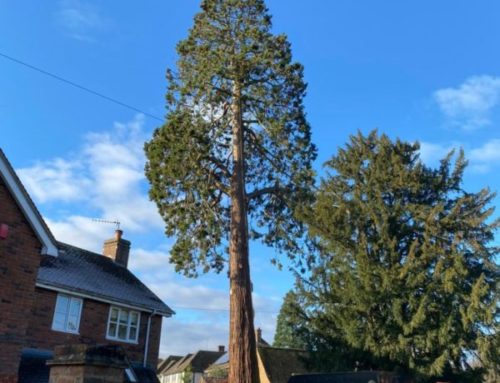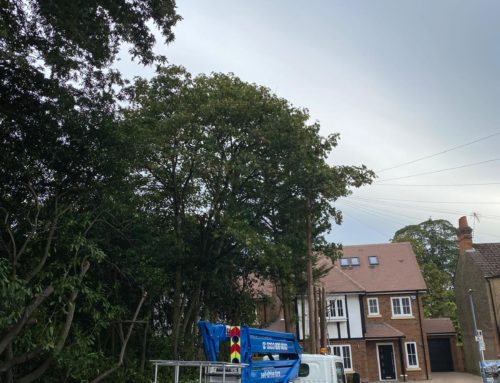Winter Pollarding – what, why, when and how?
There are many different types of tree pruning techniques. We’ve discussed a few in our other blog posts, but for a full lists of pruning techniques click here. In this post, we are focusing on the management of trees through winter pollarding, and the reasons for this process and why we recommend winter as the best time to carry out this task.
What is Winter Pollarding?
Pollarding is a tree management technique, that sees the removal of all small branches and shoots, to promote growth and prevent the tree from outgrowing an allocated space.
The tree does grow back after the initial cutting, but once a tree has been pollarded once, this process needs regularly repeating, and maintained. This results in an expanded (or swollen) top of the the tree trunk, with multiple new shoots growing from it.
Here’s a before and after, of winter pollarding carried out by Longacre.
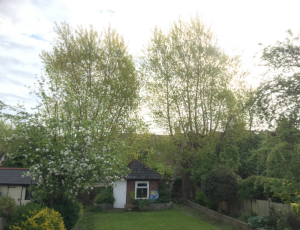
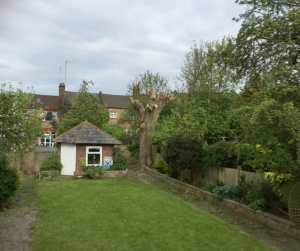
Why Pollard Trees?
Winter pollarding is beneficial for a wide range of reasons. It is an effective way to reduce the amount of shade the tree creates, perfect for homeowners who wish to allow more sunlight into their garden without removing the tree completely.
More often than not, winter pollarding is carried out to prevent the tree from outgrowing its allocated space, and is especially necessary in urban environments, when trees may hinder neighbouring properties and overhead wires. The thinner crown allows for air circulation, and keeps the trees at a comfortable size.
Many species of trees can be pollarded, to rejuvenate the tree and prolong their life. Broadleaves trees such as beeches, oaks, maples and planes, all benefit from winter pollarding.
When is the best time to Pollard Trees?
Winter. That’s the simple answer. We recently wrote a blog post on why tree pruning should be carried out in the winter. Click here to see more.
During winter, deciduous trees have shed their leaves, and the tree’s structure is more noticeable. Winter is also the optimum time of year for pruning, as trees and shrubs have entered dormancy. The lower level of sap during the colder months reduces the risk of causing damage and stress to the tree, which could eventually lead to the tree dying. At this time of year, the tree is also less likely to suffer from insect infestation and fungi.
How to Pollard Trees
The pollarding process begins on young trees, and is typically repeated every year or every two years throughout the trees life. Do note, if you decide to pollard a tree on your property, it is crucial that this process is carried out on a consistent basis.
Once young trees have reached the desired height, winter pollarding can begin. It is typical to leave the trunk supporting three or five branches. These branches are then cut back to a desired length, and the ‘twiggy’ growth appears at these ends.
To begin with, the new twiggy branches are weak as they grow rapidly from underneath the bark, rather than from within the tree trunk. As the tree produces annual growth rings, the branches strengthen and form a thick base where the shoots meet the trunk. This is how the tree appears ‘swollen’, as the tree has been cut back and repeatedly pruned to the same point creating a ‘knuckle’ like effect.
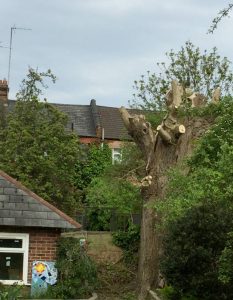
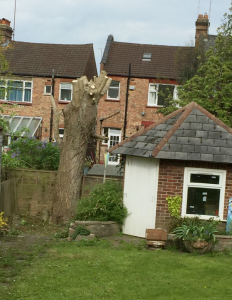
Topping VS Pollarding
Tree lopping is similar to tree pollarding, however, this method does benefit the tree. Homeowners that feel as if a tree has become too overgrown, may decide that the tree needs topping, but this is a bad practise that can severely weaken the tree.
After a tree has been topped, the tree encounters difficulties with regrowth. This is one of the reasons why winter pollarding is better for the trees overall health. Winter pollarding is a preferred method that encourages the growth of the tree, while allowing the size of the tree to be controlled.
For more information regarding out tree pollarding services, contact the team at Longacre Tree Surgery today by calling 01992 475965.

